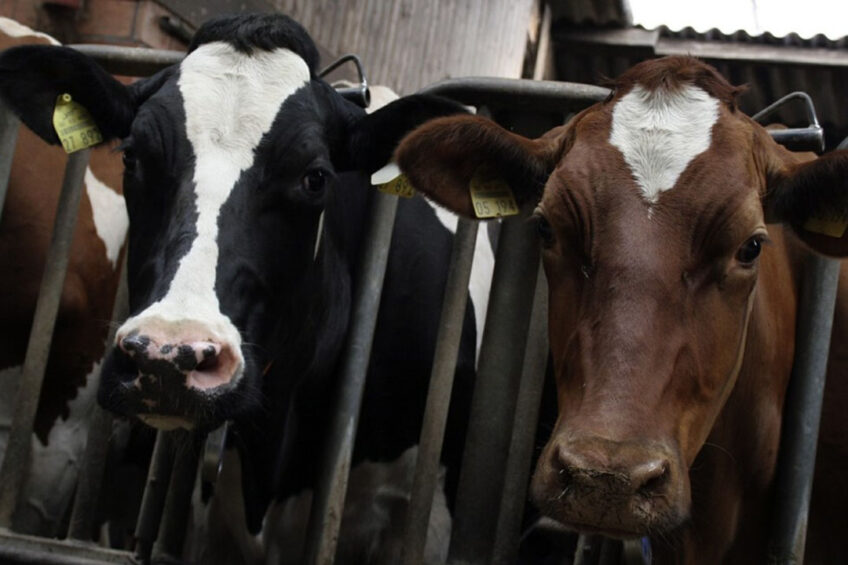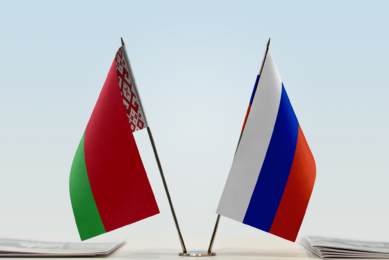Feed additives prices soar in Ukraine

While feedstuff prices remain at an extremely low level on the Ukrainian market, feed additives prices jumped in the background of sharp currency devaluation and logistics problems, the Ukraine Agribusiness Club (UCAB) told All About Feed.
Ukraine’s central bank devalued the hryvnia currency by 25% against the US dollar in July to help the country cope with the growing economic impact of the war with Russia. It set the official hryvnia rate at 36.56 per dollar compared with 29.25, where it had been frozen for the past 5 months.
Grain is still cheap
The grain export deal has yet to bring a balance to the Ukrainian grain market where a large surplus is still seen. Max Gopka, a UCAB analyst, said feedstuff prices remained way lower compared with the previous year.
In July of 2022, the prices were:
- Feed wheat – 4,100 UAH/t (-36% compared to July of 2021)
- Feed corn – 4,700 UAH/t (-33%)
- Feed barley – 4,000 UAH/t (-35%)
- Sunflower meal – 3,000 UAH/t (-70%)
- Soybean meal – UAH 14,000/t (-22%)
Biting feed additives prices
Meanwhile, the price of almost all feed additives increased in Ukraine.
- Lysine hydrochloride – 95 UAH/kg (+ 26%)
- Threonine – 95 UAH/kg (+18%)
- Methionine – 120 UAH/kg (+20%)
- Valine – 280 UAH/kg (+51%)
- Calpan – €77/kg (+500%)
- Vitamin E – €12.85/kg (+22%)
- Vitamin B3 – €9.30/kg (+16%)
- Vitamin D3 – €16.3/kg (+400)
- Tryptophan – 380 UAH/kg (- 10%)
- Methionine Vitamin A – €73/kg (+16%)
Mix of factors
“The reason for such a rapid growth is the change in logistics routes, the cost of currencies, the devaluation of the hryvnia, the rise of logistics costs and the risks of importing foreign products to Ukraine as a result of hostilities,” Gopka said.
Ukraine used to import feed additives through seaports in containers, but this is no longer an option.
“While Ukrainian ports are closed, Chinese amino acid suppliers have to go to the ports of Romania, Poland or Turkey where they switch to land logistics, and this, in turn, takes more time and incurs additional financial costs,” Gopka said.
Gopka added that some feed additives, in the first place feed vitamins, were imported from the European market and were always transported by land.
“Although there were no supply chain disruptions in this field, container logistics increased in price by 2-2.5 times, which also affects the final price of feed [on the Ukrainian market],” Gopka said.












